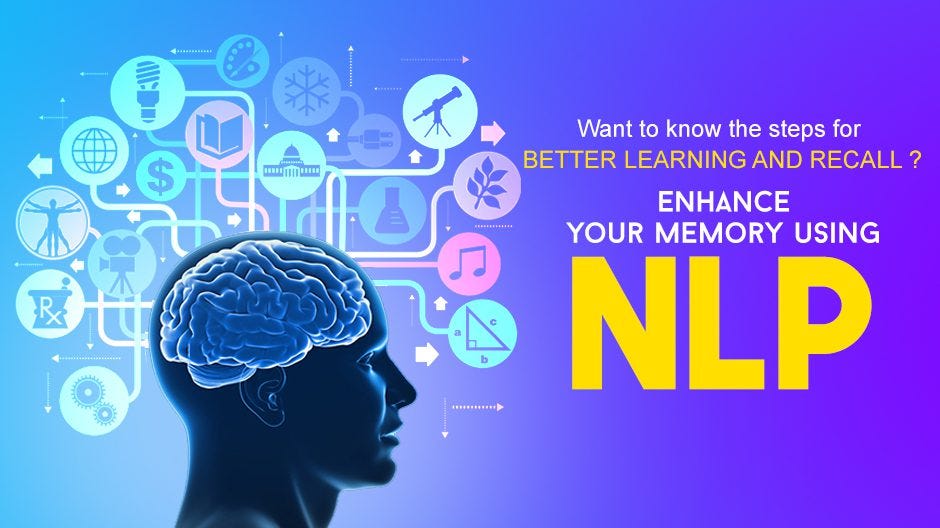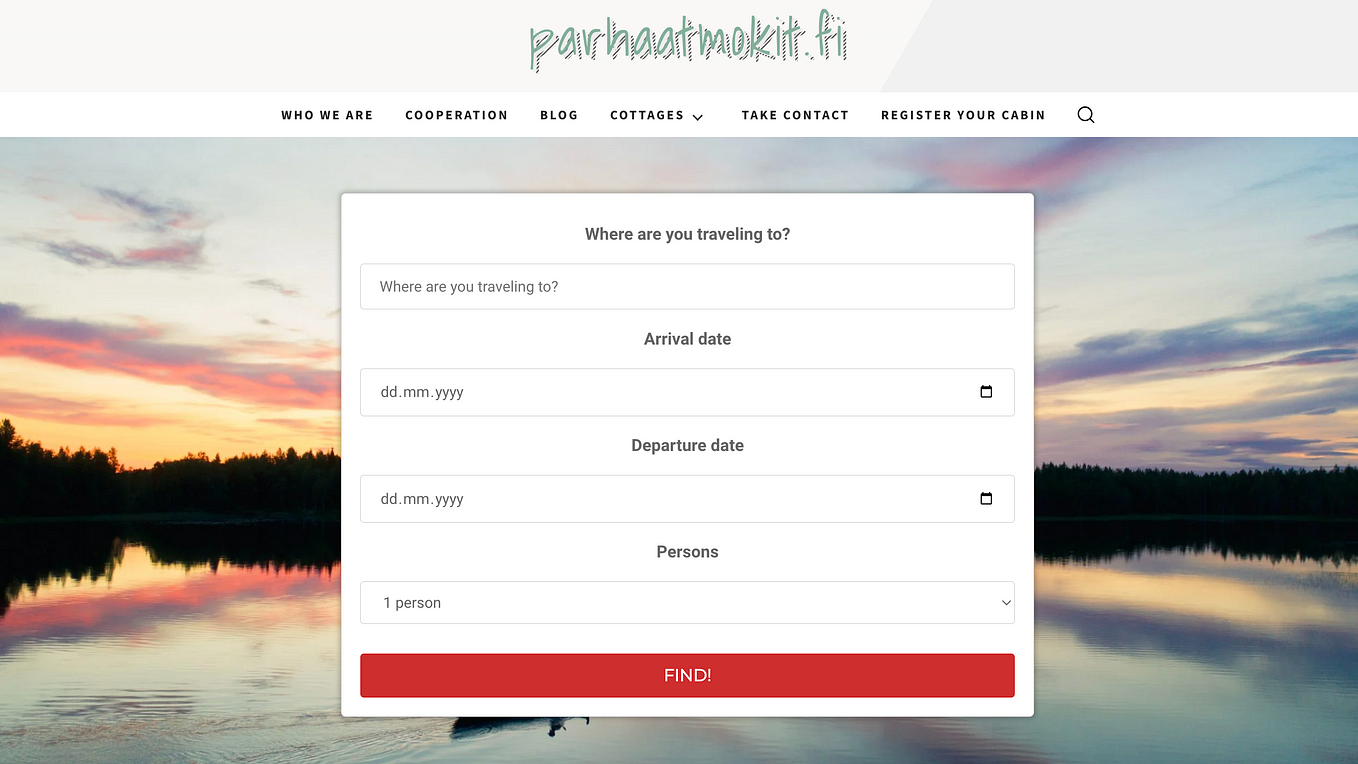Exploring the Beauty of the best Basay Language: A Journey to Discover the Richness of this Philippine Dialect
The Basay language is a Philippine dialect spoken by the Basay people, who primarily reside in the province of Negros Oriental in the Philippines. It is classified as a Visayan language, which is a subgroup of the larger Austronesian language family. The Basay language is primarily spoken by the Basay people, who are concentrated in the municipalities of Basay and Bayawan.
The Basay language holds great importance in Philippine culture as it serves as a means of communication and expression for the Basay people. It is not only a tool for everyday conversation but also plays a significant role in preserving their cultural heritage. The language carries with it the traditions, customs, and values of the Basay people, making it an integral part of their identity.
Key Takeaways
- Basay Language is a unique dialect spoken in the Philippines.
- The language has evolved over time and has distinct features and characteristics.
- Literature and poetry are great ways to appreciate the beauty of Basay Language.
- Beginners can learn Basay Language through various resources and tips.
- Basay Language is important in Philippine culture and society, and translators play a crucial role in bridging communication gaps.
The History and Evolution
The origins of the Basay language can be traced back to the migration of Austronesian-speaking peoples to the Philippines thousands of years ago. As these groups settled in different regions, they developed distinct dialects that eventually evolved into separate languages. The Basay language is believed to have developed from the Visayan languages spoken by early settlers in Negros Oriental.
Throughout its history, the has been influenced by other languages, particularly Spanish and English. During the Spanish colonial period, Spanish became the dominant language in the Philippines, and many Spanish words were incorporated into the Basay vocabulary. Similarly, with the American colonization, English words were introduced into the language.
Over time, the Basay language has undergone changes and developments. Phonetics and pronunciation have evolved, influenced by neighboring dialects and languages. Grammar and syntax have also been shaped by external influences, resulting in variations within different generations of speakers. Despite these changes, efforts are being made to preserve the core elements of the Basay language.
The Unique Features and Characteristics
The Basay language has several unique features and characteristics that set it apart from other Philippine dialects. In terms of phonetics and pronunciation, the has distinct vowel sounds and consonant clusters that are not found in other Visayan languages. This gives the language a unique musicality and rhythm when spoken.
In terms of grammar and syntax, the follows a subject-verb-object word order, similar to other Visayan languages. However, it also has its own set of grammatical rules and structures that distinguish it from other dialects. For example, the Basay language has a complex system of verb conjugation that takes into account tense, aspect, mood, and voice.
The vocabulary of the Basay language is rich and diverse, with words that are specific to the culture and environment of the Basay people. There are also idiomatic expressions and proverbs that reflect the values and beliefs of the community. These linguistic features contribute to the uniqueness and beauty of the Basay language.
Exploring the Beauty through Literature and Poetry
Metrics Data Number of Basay Language Literature Books 15 Number of Basay Language Poetry Books 10 Number of Basay Language Writers 25 Number of Basay Language Poets 20 Number of Basay Language Literary Awards 5 Number of Basay Language Poetry Awards 3 Number of Basay Language Literary Events 10 Number of Basay Language Poetry Events 8
The Basay language has a rich literary tradition that encompasses various genres such as poetry, short stories, and folk tales. These literary works serve as a means of preserving the cultural heritage of the Basay people and expressing their thoughts, emotions, and experiences.
One example of Basay literature is the epic poem “Ang Paglalakbay ni Datu Labaw Donggon,” which tells the story of a legendary hero’s journey. This epic poem is written in traditional verse form and showcases the poetic prowess of Basay writers. The themes explored in Basay literature often revolve around love, nature, spirituality, and the struggles faced by the community.
The significance of the in artistic expression cannot be overstated. The unique phonetics and rhythm of the language lend themselves well to poetry and songwriting. Many Basay songs are composed in the native language, allowing the community to connect with their cultural roots through music.
Learning : Tips and Resources for Beginners
For those interested in learning the Basay language, there are several strategies and resources available. Firstly, it is important to immerse oneself in the language by listening to native speakers and practicing conversation. This can be done through language exchange programs or by joining communities.
Online resources such as language learning apps, websites, and forums can also be helpful in learning . These resources provide lessons, vocabulary lists, and interactive exercises that cater to different learning styles. Offline resources such as textbooks, dictionaries, and language courses can also be utilized.
Learning a new language can be challenging, and the is no exception. Common challenges include pronunciation, grammar rules, and vocabulary retention. However, with dedication and consistent practice, these challenges can be overcome. It is important to be patient with oneself and seek guidance from native speakers or language tutors when needed.
The Importance in Philippine Culture and Society
The plays a crucial role in preserving the cultural heritage of the Basay people. Language is not just a means of communication; it is also a repository of knowledge, traditions, and values. By preserving and promoting the Basay language, the community ensures that their unique identity and way of life are passed down to future generations.
Language is closely tied to identity, and the loss of a language can have profound implications for individuals and communities. When a language becomes endangered or extinct, it represents a loss of cultural diversity and heritage. Efforts to revitalize endangered languages like Basay are therefore essential in maintaining the linguistic and cultural tapestry of the Philippines.
Preserving and promoting the also has broader societal implications. Language is a tool for empowerment, as it allows individuals to express themselves, participate in social and political discourse, and access education and employment opportunities. By valuing and supporting the Basay language, society can ensure that the Basay people have equal opportunities and representation.
Translators: Bridging the Communication Gap
In a globalized world, translation services play a crucial role in facilitating communication between different languages and cultures. Basay language translators are essential in bridging the communication gap between the Basay people and the wider world. They enable the Basay language to be understood and appreciated by non-native speakers, fostering cross-cultural understanding and appreciation.
Translators face unique challenges when working with the Basay language. The language’s unique features and characteristics require translators to have a deep understanding of its grammar, syntax, and cultural nuances. Additionally, the scarcity of resources and materials in the can make translation work more challenging.
However, being a Basay language translator also presents opportunities for personal and professional growth. It allows individuals to contribute to the preservation and promotion of the Basay language while honing their linguistic skills. Translators can also play a vital role in cultural exchange programs, international conferences, and diplomatic events where accurate communication is crucial.
24x7offshoring: The Future Translation Services
24x7offshoring is a leading language service provider that offers translation services for various languages, including Basay. With a team of experienced translators who specialize in different fields, 24x7offshoring is well-equipped to handle the unique challenges of translating the Basay language.
Outsourcing translation services to 24x7offshoring offers several advantages. Firstly, it allows organizations and individuals to access a pool of skilled translators who have expertise in the Basay language. This ensures accurate and high-quality translations that capture the nuances of the language.
Secondly, outsourcing translation services can be cost-effective and efficient. 24x7offshoring utilizes advanced translation tools and technologies to streamline the translation process, resulting in faster turnaround times and reduced costs. This allows organizations to focus on their core activities while leaving the translation work to the experts.
Lastly, 24x7offshoring is committed to supporting language preservation efforts. By partnering with organizations and communities that promote the Basay language, 24x7offshoring contributes to the preservation and promotion of this Philippine dialect.
AI and Data Collection: Revolutionizing Translation and Transcription
Artificial Intelligence (AI) and data collection have the potential to revolutionize Basay language translation and transcription services. AI-powered translation tools can assist translators in their work by providing suggestions, automating repetitive tasks, and improving accuracy. These tools can also help in overcoming challenges such as limited resources and materials in the Basay language.
However, the use of AI in language services also raises ethical considerations. Data collection is an integral part of AI development, as algorithms require large amounts of data to learn and improve. It is important to ensure that data collection practices are conducted ethically, with respect for privacy and consent. Additionally, efforts should be made to include diverse voices and perspectives in the data used for AI training to avoid biases.
While AI can enhance translation services, it is important to recognize that human translators still play a crucial role in ensuring accurate and culturally sensitive translations. The human touch is essential in capturing the nuances of the and understanding its cultural context.
The Future : Preserving and Promoting this Philippine Dialect
The future of the lies in the hands of individuals, communities, and institutions that value its importance. Preserving and promoting the Basay language requires a multi-faceted approach that involves education, cultural initiatives, and policy support.
In terms of education, integrating t into school curricula can help ensure its transmission to future generations. Language classes, cultural exchange programs, and immersion experiences can also foster a sense of pride and ownership among Basay speakers.
Cultural initiatives such as festivals, workshops, and publications can raise awareness and appreciation . These initiatives provide platforms for Basay writers, artists, and performers to showcase their talents and contribute to the cultural landscape of the Philippines.
Policy support is crucial in preserving and promoting t. Governments and institutions can implement language revitalization programs, provide funding for language preservation projects, and support the development of resources and materials in the Basay language.
By working together, individuals, communities, and institutions can ensure that the Basay language continues to thrive and contribute to the rich linguistic and cultural diversity of the Philippines.
If you’re interested in the Basay Language, you might also find this article on the “Major Different Languages of the Philippines” intriguing. It provides an overview of the various languages spoken in the Philippines, including Basay, and explores their cultural significance. Check it out here.
FAQs
What is Basay Language?
Basay Language is a language spoken by the Basay people in the Philippines. It is classified as a Visayan language and is primarily spoken in the town of Basay in the province of Negros Oriental.
How many people speak ?
As of 2000, there were approximately 6,000 speakers of Basay Language.
What is the history?
The history of Basay Language is not well-documented. However, it is believed to have originated from the Visayan language family, which is spoken in the central and southern parts of the Philippines.
What is the writing system used ?
Basay Language uses the Latin alphabet with some additional letters and diacritical marks to represent its unique sounds.
What are some unique features ?
Basay Language has several unique features, including a complex system of affixes, a large number of borrowed words from Spanish and English, and a distinct intonation pattern.
Is in danger of becoming extinct?
While Basay Language is not currently considered endangered, there is concern that it may become so in the future due to the increasing use of English and Tagalog in the Philippines. Efforts are being made to preserve and promote the language, including the establishment of Basay Language classes in schools.
https://24x7offshoring.com/basay-language-a-journey-to-discover/?feed_id=80024&_unique_id=662528e992c90
The Basay language is a Philippine dialect spoken by the Basay people, who primarily reside in the province of Negros Oriental in the Philippines. It is classified as a Visayan language, which is a subgroup of the larger Austronesian language family. The Basay language is primarily spoken by the Basay people, who are concentrated in … Read more
Exploring the Beauty of the best Basay Language: A Journey to Discover the Richness of this Philippine Dialect
https://24x7offshoring.com/basay-language-a-journey-to-discover/?feed_id=80024&_unique_id=662528e992c90
https://24x7offshoring.com/wp-content/uploads/2024/01/abcdhe-495.jpg
#BasayLanguage
https://24x7offshoring.com/basay-language-a-journey-to-discover/?feed_id=80024&_unique_id=662528e992c90 https://24x7offshoring.com/basay-language-a-journey-to-discover/?feed_id=80024&_unique_id=662528e992c90 #translation translation, BasayLanguage,








